
Julia Jean "Lana" Turner was an American actress. Over a career spanning nearly five decades, she achieved fame as both a pin-up model and a film actress, as well as for her highly publicized personal life. In the mid-1940s, she was one of the highest-paid American actresses and one of MGM's biggest stars, with her films earning approximately one billion dollars in 2024 currency for the studio during her 18-year contract with them. Turner is frequently cited as a popular culture icon of Hollywood glamour and a screen legend of glamour photography. She was nominated for numerous awards.
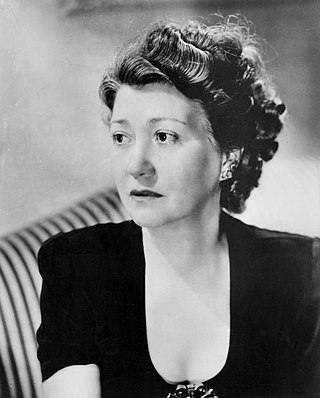
Fay Okell Bainter was an American film and stage actress. She won the Academy Award for Best Supporting Actress for Jezebel (1938) and has a star on the Hollywood Walk of Fame.

Capucine was a French fashion model and actress known for her comedic roles in The Pink Panther (1963) and What's New Pussycat? (1965). She appeared in 36 films and 17 television productions between 1948 and 1990.

Alexander Crichlow Barker Jr., known as Lex Barker, was an American actor. He was known for playing Tarzan for RKO Pictures between 1949 and 1953, and portraying leading characters from Karl May's novels, notably as Old Shatterhand in a film series by the West German studio Constantin Film. At the height of his fame, he was one of the most popular actors in German-speaking cinema, and received Bambi Award and Bravo Otto nominations for the honor.

Meyer Harris "Mickey" Cohen was an American gangster, boxer and entrepreneur based in Los Angeles and boss of the Cohen crime family during the mid-20th century.
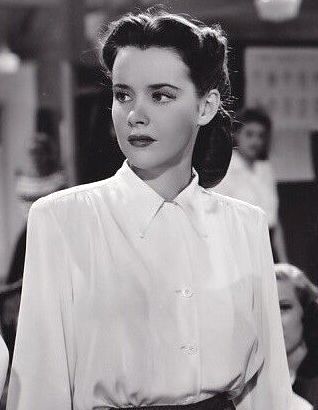
Susan Peters was an American actress who appeared in more than twenty films over the course of her decade-long career. Though she began her career in uncredited and ingénue roles, she would establish herself as a serious dramatic actress in the mid-1940s.

Jo Van Fleet was an American stage, film, and television actress. During her long career, which spanned over four decades, she often played characters much older than her actual age. Van Fleet won a Tony Award in 1954 for her performance in the Broadway production The Trip to Bountiful, and the next year she won an Academy Award for Best Supporting Actress for her supporting role in East of Eden.

Ann Savage was an American film and television actress. She is best remembered as the greedy cigarette-puffing femme fatale in the critically acclaimed film noir Detour (1945). She featured in more than 20 B movies between 1943 and 1946.
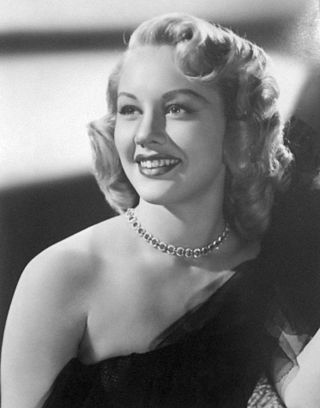
Lila Leeds was an American film actress.
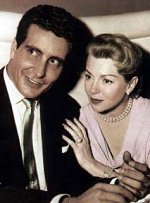
John Stompanato Jr. was a United States Marine and gangster who became a bodyguard and enforcer for gangster Mickey Cohen.

Another Time, Another Place is a 1958 British melodrama film directed by Lewis Allen and starring Lana Turner, Barry Sullivan and Sean Connery. The film is based on Lenore J. Coffee's 1955 novel Weep No More.
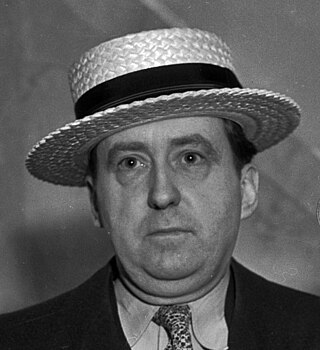
Harold Lee Giesler, known professionally as Jerry Giesler was an American trial attorney.
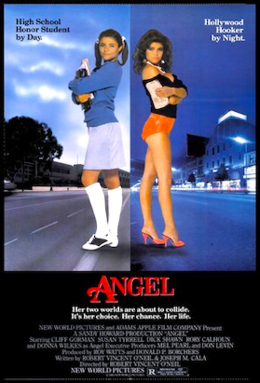
Angel is a 1984 American exploitation thriller film directed by Robert Vincent O'Neil, written by O'Neil and Joseph Michael Cala, and starring Donna Wilkes, Cliff Gorman, Susan Tyrrell, Dick Shawn, and Rory Calhoun. Its plot follows a teenage prostitute in Los Angeles who faces danger when a serial killer begins stalking and murdering young prostitutes.

Desire in the Dust is a 1960 American neo noir crime film released by the Twentieth Century-Fox Film Corporation, directed by William F. Claxton, produced by Robert L. Lippert and starring Raymond Burr, Martha Hyer and Joan Bennett. The screenplay was written by Charles Lang based on a novel by Harry Whittington.

Joseph Stephenson "Steve" Crane was an American actor and restaurateur. A Columbia Pictures actor in the early 1940s, Crane opened the Luau, a popular celebrity restaurant, in 1953 and established a successful 25-year career in the restaurant industry. In addition to his own accomplishments, Crane is often remembered as Lana Turner's twice ex-husband.
El Retiro School for Girls was a boarding school for girls who had been made wards of the Los Angeles County court system. It opened in 1919 and closed in 1961.
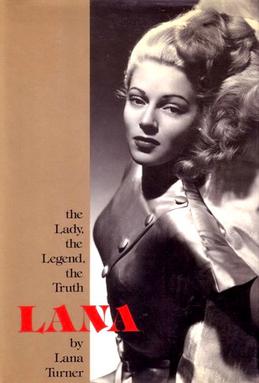
Lana: The Lady, the Legend, the Truth is a 1982 memoir by the American actress Lana Turner, published by Dutton. In it, Turner recalls her early life, her rise to stardom and personal troubles over the course of her career.
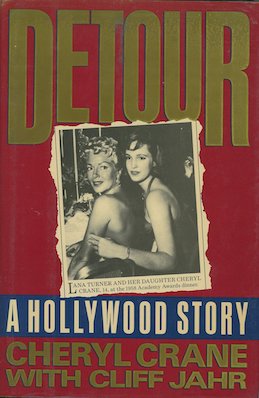
Detour: A Hollywood Story is a 1988 memoir by Cheryl Crane, the only daughter of actress Lana Turner, with additional writing from Cliff Jahr. In the book, she recounts her early life, including her alleged sexual abuse by her stepfather Lex Barker, and the 1958 killing of Johnny Stompanato during a domestic struggle. She also details her coming out as a lesbian to her parents as a teenager, a fact that had not been publicly disclosed prior. The book went on to become a New York Times Best Seller.

Since her rise to fame in the 1940s, American film actress Lana Turner has appeared and been referenced in numerous works across literature, film, art, and music. Her glamorous persona and publicized personal troubles have contributed to her recurring prevalence in popular culture.
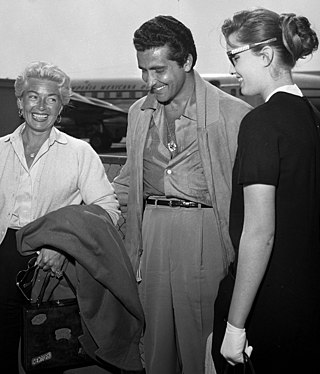
On the evening of April 4, 1958, 14-year-old Cheryl Crane fatally stabbed 32-year-old Johnny Stompanato, the boyfriend of her mother, actress Lana Turner, at Turner's rented home in Beverly Hills, California. Stompanato, an ex-Marine and affiliate of the Cohen crime family, had been in a year-long relationship with Turner which had been rocky and marked with physical abuse.





















